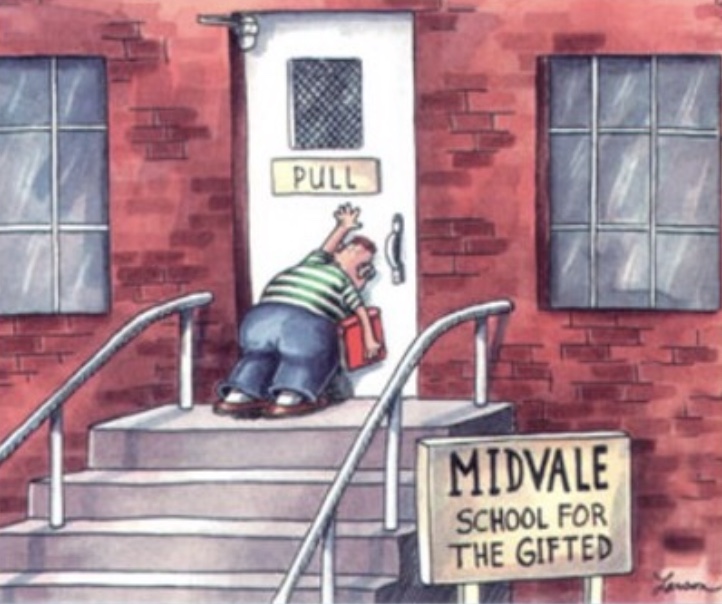You are one Talented guy Piffyr, that pipe looks amazing,i looked at the rim in one of the first pictures and thought it would never clean up,i have turned away Grabows (that i really want) because they have had rims that actually looked better than the one you have done.I would love to be able and confident enough to do work such as yours...Bravo.
Wiz
Wiz











